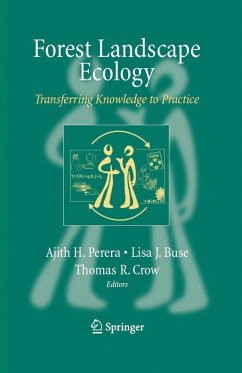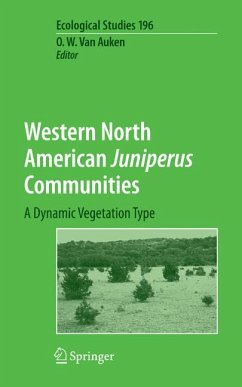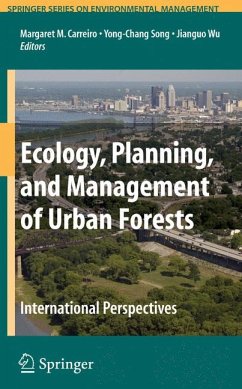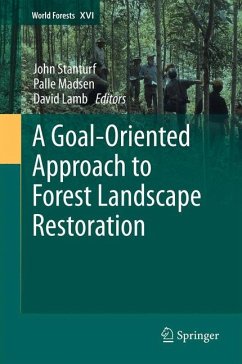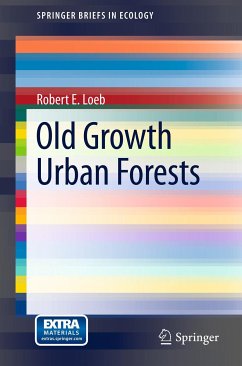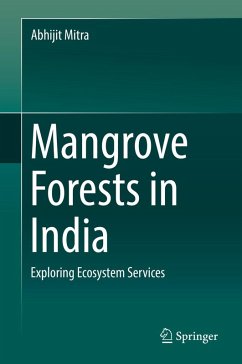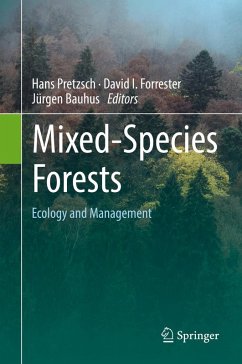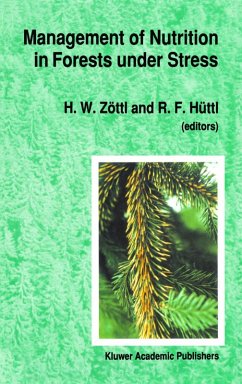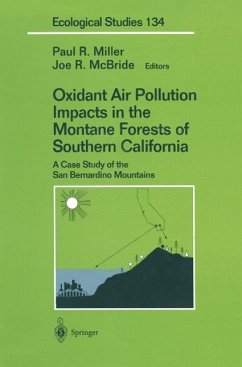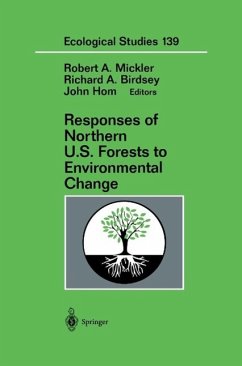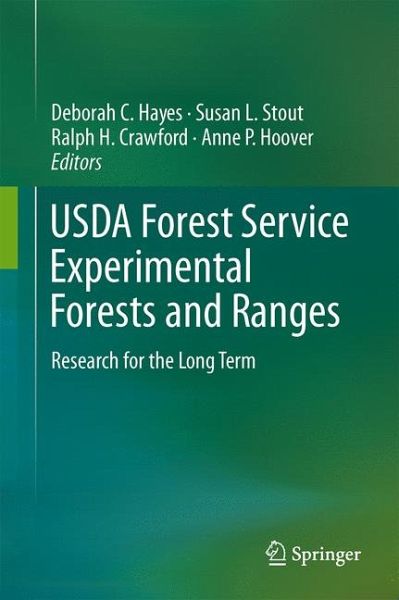
USDA Forest Service Experimental Forests and Ranges (eBook, PDF)
Research for the Long Term
Redaktion: Hayes, Deborah C.; Hoover, Anne P.; Crawford, Ralph H.; Stout, Susan L.
Versandkostenfrei!
Sofort per Download lieferbar
160,95 €
inkl. MwSt.
Weitere Ausgaben:

PAYBACK Punkte
80 °P sammeln!
USDA Forest Service Experimental Forests and Ranges (EFRs) are scientific treasures, providing secure, protected research sites where complex and diverse ecological processes are studied over the long term. This book offers several examples of the dynamic interactions among questions of public concern or policy, EFR research, and natural resource management practices and policies. Often, trends observed - or expected -- in the early years of a research program are contradicted or confounded as the research record extends over decades. The EFRs are among the few areas in the US where such long-...
USDA Forest Service Experimental Forests and Ranges (EFRs) are scientific treasures, providing secure, protected research sites where complex and diverse ecological processes are studied over the long term. This book offers several examples of the dynamic interactions among questions of public concern or policy, EFR research, and natural resource management practices and policies. Often, trends observed - or expected -- in the early years of a research program are contradicted or confounded as the research record extends over decades. The EFRs are among the few areas in the US where such long-term research has been carried out by teams of scientists. Changes in society's needs and values can also redirect research programs. Each chapter of this book reflects the interplay between the ecological results that emerge from a long-term research project and the social forces that influence questions asked and resources invested in ecological research. While these stories include summaries and syntheses of traditional research results, they offer a distinctly new perspective, a larger and more complete picture than that provided by a more typical 5-year study. They also provide examples of long-term research on EFRs that have provided answers for questions not even imagined at the time the study was installed.
Dieser Download kann aus rechtlichen Gründen nur mit Rechnungsadresse in A, B, BG, CY, CZ, D, DK, EW, E, FIN, F, GR, HR, H, IRL, I, LT, L, LR, M, NL, PL, P, R, S, SLO, SK ausgeliefert werden.



